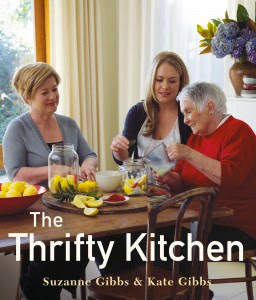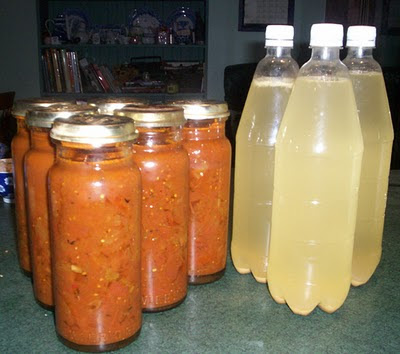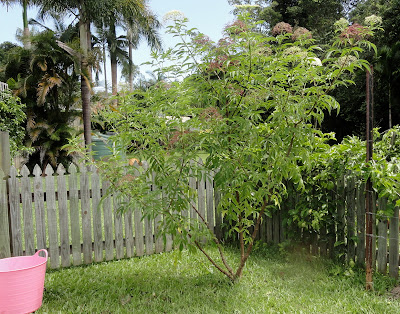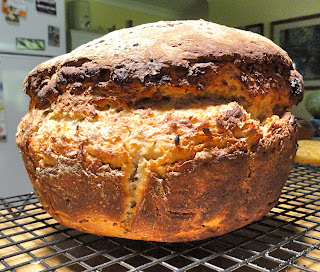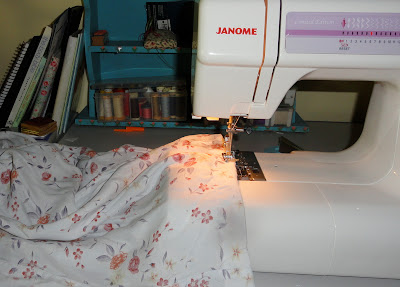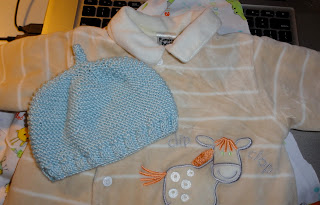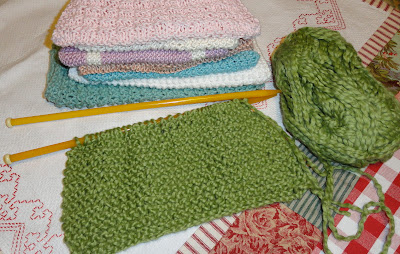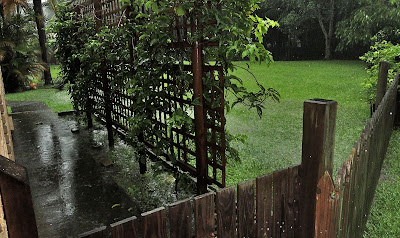Thanks to everyone who helped with the house affordability question last week. I was heartened to see that many people thought living on one income (even if there are two) is a great frugal strategy, and it is possible to buy a home on one income as long as the house price is low enough and you're prepared to put in some hard work renovating. I agree. I hope that post and the comments it drew help not only the girl who wrote to me but many other people as well. My own children want to buy homes and I know it's not easy.
It feels like the year is really beginning in earnest now the are school holidays over. Hanno and I are starting to think about our vegetable garden again and next week I hope to get some time to plant up some seeds we have here. I have some Portuguese cabbage, sent to me by Andrew in Melbourne, that we'll try, we have luffas in, some corn to harvest and fruit growing, but we need a lot more than that. I have six tomato seedlings in pots as well, grown from seeds of the excellent large cherry tomato that came up wild last year. That tomato was healthier than any we planted, it was big for a cherry tomato, prolific and absolutely delicious. If it ends up being as good this year, I'll sell some of the seeds in the Etsy shop. I doubt our shop will open before Easter but we are working towards it. I was told recently that if I intend selling soap, I have to pay a $400 fee to the government as I'm classified as a "chemical producer". Pfffffffft. We're not sure if it's worth it.
More nectarine jam! We have enough for a year and to give away. : - )
We had a fairly busy weekend, I worked on the book and other computer related things but didn't have time to go to the Bunya Festival on Saturday. My friend Beverly, organiser of the event, brought us a message stick last week so I was disappointed we didn't get there. We'll make sure we go next year. Hanno worked on the roof replacing screws and he mowed the lawn. I was exhausted yesterday and although I had every intention of working, I ended up cooking biscuits and a meatloaf, and relaxing with a bit of knitting and cricket in the afternoon. I wonder how I can become so tired working as I do, with every comfort and Hanno's support. I guess it's my age and the intensity of the work, whatever it is, a quick sleep is a good pick-me-up and I'm right again.
Today is the start of another busy week. I have the second part of my soap making workshop to deliver tomorrow and there are just four more weeks before the completed book manuscript is due. After that there will be two months editing with my Penguin editor, Jo, and the book will be finished. It will be wonderful to have it done, it's been so long in the making, but I think that after a couple of weeks putting things right here, sewing and knitting for the babies and visiting my sister in her new home, I'll be thinking about settling into writing again. I have been a writer for many years now and it seems to be part of me. It suits my nature as it's solitary and reflective and it helps me understand the world and how I fit in it. Even from this tiny dot on the map, writing enables me to connect to you and be a part of a large and significant online community; and that, for me, is the icing on the cake.
I hope you have a productive and wonderful week ahead. Thanks for visiting me.




